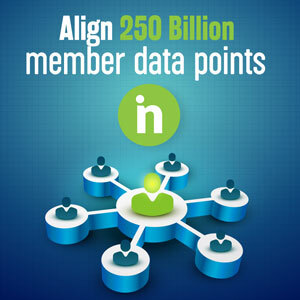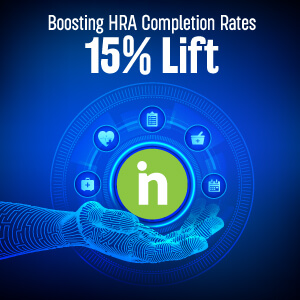Are you asking the right questions to increase member satisfaction and improve Medicare Advantage Star Ratings?
By Mary Jo Barthmaier, President, Insightin Health
With 57% of 2023 Medicare Advantage Star ratings defined by satisfaction and experience measures, healthcare executives are encouraged to ask themselves, “What do members at high risk for responding negatively to specific CAHPS® questions look like?”
While it’s a perfectly logical question that, on the surface, would appeal to healthcare executives facing increased pressure to perform well on the CAHPS® survey, I don’t think it’s the right question. If the goal is to increase member satisfaction, the question above is insufficient for the task. It lacks conviction and doesn’t go far enough to improve the member experience. It’s the tail wagging the dog.
The Centers for Medicare & Medicaid Services (CMS) have increased the weight of access and experience measures for a reason – to ensure Medicare Advantage (MA) health plans get better at listening to, understanding, and caring for their members. When MA plans know what their members want and need, outcomes and performance improve, seniors receive better care, and the entire system gets stronger.
Using tech to improve Medicare Advantage member experience and outcomes
With so many capabilities at our fingertips, why should health plans limit their organizations to simply identifying which members are likely to respond negatively to CAHPS® questions? For years, there has been a debate about whether the Star Rating methodology trains health plans to design strategies around (A) optimizing their Star Rating or (B) optimizing their overall performance.
Certainly, the Stars program intends to align these two strategies perfectly. Yet experience shows us this is not always the case. Rather than looking through a “teach to the test” lens, technology creates an opportunity for Medicare Advantage executives to leapfrog their competition by utilizing the tools available and setting courageous goals for improved satisfaction and quality performance across the board.
Today’s health technology solutions enable plans to ask more compelling and inspiring questions. When responding to the challenge put forward by CMS, health plans should think bigger and take bolder steps. With an advanced technology solution, health plans can easily:
- Leverage artificial intelligence (AI) and machine learning for predictive analytics to better understand and anticipate member behaviors – whether engaged with the plan or not;
- Collect real-time interaction data continuously to build deeper insight into member behavior and needs;
- Identify key population attributes influencing member experience and satisfaction, positively or negatively;
- Apply those influencing attributes to predict other members likely to have similar satisfaction experiences;
- Define member- and population-specific Next Best Action (NBA) recommendations to remove barriers, close care gaps, improve access, build loyalty, and drive better outcomes;
- Automate workflows to capture, track, and deliver real-time insights and optimize performance;
- Create a listening system using Natural Language Processing to hear what members say and address issues before they become complaints;
- Connect with provider and partner systems to extend spheres of influence and leverage provider-specific NBAs; and
- Build an understanding of what non-engaged population segments look like and why they don’t engage.
Ask the right question
Regardless of how technically prepared they are, Medicare Advantage plans can set near-term, achievable goals and quickly position themselves to improve member experience and increase satisfaction. Plans can align milestones with 30-, 60-, and 90-day time horizons to:
- Understand satisfaction levels and key attributes of currently satisfied and dissatisfied members;
- Use AI to extend that understanding to a larger population; and
- Leverage data insights to define and execute clear NBAs to improve satisfaction.
With the right tools, these milestones are readily achievable. The key is an end-to-end platform that combines analytics and NBA recommendations with integrated workflows, ensuring that health plans have a dynamic playbook for addressing the needs of their unique, specific population.
Recently, I talked with an MA executive responsible for Stars, quality, and risk adjustment at a regional health plan. When discussing how her team is responding to the increased weighting on satisfaction and experience measures, she said, “Essentially, it has made us ask the question, ‘How do we do everything right, for every member, every day?’”
No small task, for sure. But, wow, this sure feels like the better question.






